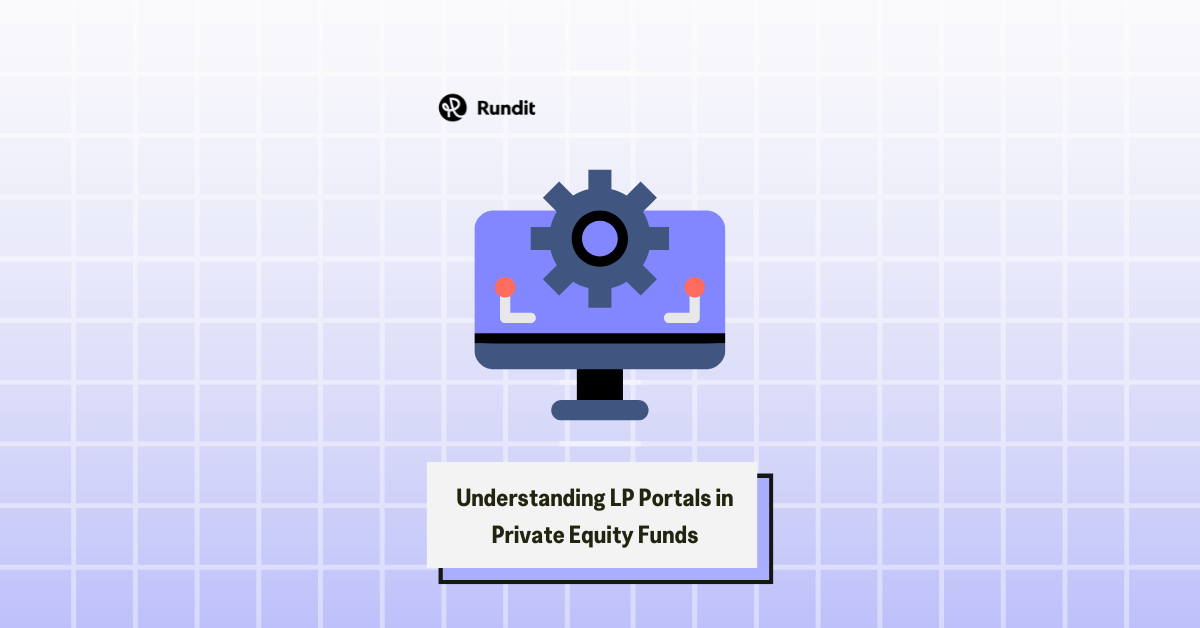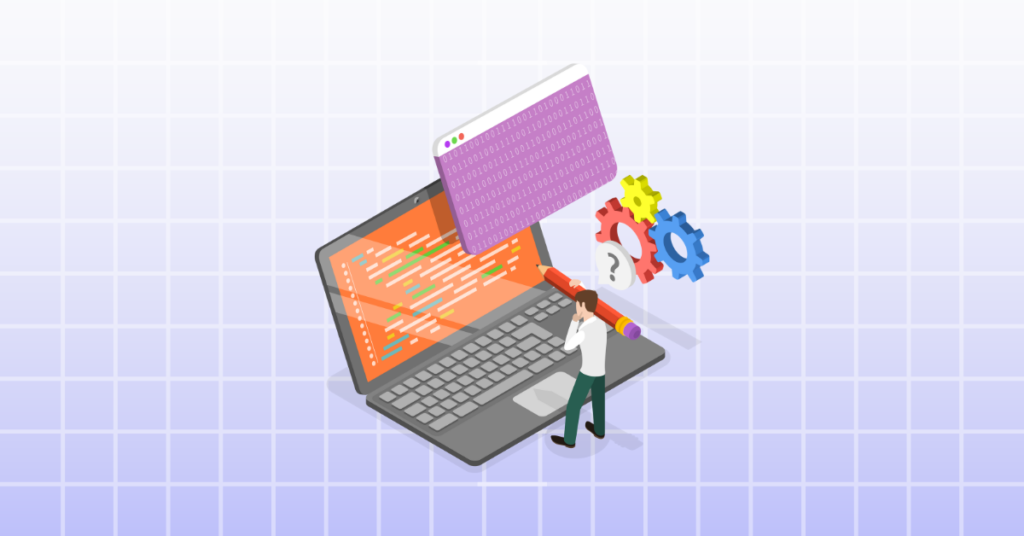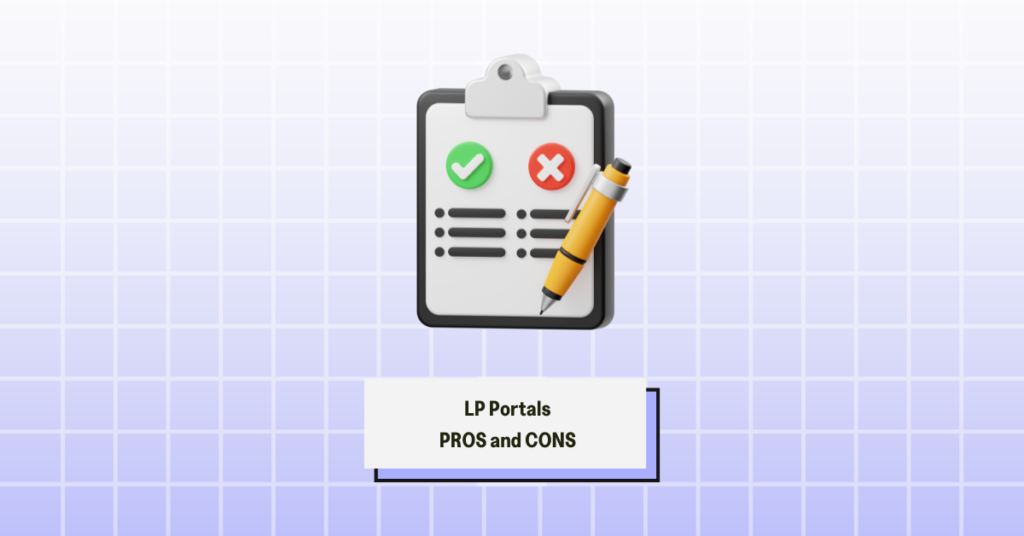
Table of Contents
As digitalization transforms every facet of our lives, the workflows and routines of investment professionals have similarly evolved. To enhance their efficiency, these professionals utilize a variety of software solutions, including LP portals. Designed to streamline the relationship between General Partners (GPs) and Limited Partners (LPs), these platforms provide easy access to performance reports, financial data, and secure document sharing. While LP portals offer numerous advantages, our research has revealed that they also present certain challenges, particularly for LPs managing multiple fund investments.
At their core, LP portals are secure digital platforms designed to facilitate communication and reporting between GPs, who manage investment funds, and LPs, who provide the capital. LPs, along with regulators and other stakeholders, are increasingly demanding improved communication and easier access to information. Traditionally, LPs received fund updates and performance data via email or hard-copy documents. From our perspective, LP portals have effectively digitized and centralized this communication, making it much easier for LPs to access information at their convenience.
LPs in particular – though also regulators and other stakeholders – are demanding better communications and easier access to information. They’ve become accustomed to user-friendly interfaces, from Amazon to their personal banking apps, and expect the same from their investor portals.
The core functionalities we’ve seen LP portals commonly provide include:
Subscribe to our newsletter
Sign up to receive our newsletter for exclusive updates, insights, and exciting news delivered straight to your inbox.

From our research and experience, while there are many reasons to use LP portals, GPs typically focus on a few key benefits:
After a fund’s investment cycle concludes, GPs must raise capital for new funds. From our experience, maintaining a strong and transparent relationship with existing investors greatly simplifies future fundraising efforts. Beyond delivering impressive returns, demonstrating professionalism and openness with LPs is essential. LP portals play a key role in this process by providing a polished, professional interface that enhances communication and engagement with LPs, making the experience more seamless and visually appealing.
LP portals automate many manual tasks, such as distributing documents and generating LP reports. Given that our product addresses similar challenges, we’ve seen firsthand how tedious and time-consuming these processes can be. By easing this burden, LP portals allow both GPs and LPs to focus on more strategic, value-driven activities.
Fundraising is often a complex process with frequent communication and document exchange. LP portals make this process far more manageable by providing a centralized location for all necessary documentation.
LP portals typically offer robust security features, which ensure data protection, a factor that should not be overlooked. Secure handling of sensitive investment data is crucial, even though it was not mentioned in our interviews.
Although we see the value in all these points, we recognize that the effectiveness of LP portals ultimately depends on the experiences and perspectives of both GPs and LPs. Understanding the needs and concerns of LPs is crucial because they are the primary users of these platforms. To gain a well-rounded view, we took the extra step of engaging directly with LPs, aiming to bridge the gap between the two sides of the investment table.
Our approach involved conducting in-depth interviews with LPs who manage a variety of portfolios. We wanted to hear their firsthand experiences and gather insights into how they interact with LP portals. This process allowed us to uncover valuable information about their specific pain points, preferences, and suggestions for improvement. Here are some key takeaways from the interviews.
Through our discussions with LPs, it became clear that while these portals offer several advantages, they also present challenges, especially for LPs managing diverse portfolios.

Many LPs shared that they’re not used to receiving consistent, structured reports from GPs. The quality and level of detail in reports can vary significantly. To address this, guidelines have been established by organizations like ILPA (USA) and Invest Europe (Europe).
From what we’ve observed, reporting standards tend to be higher in Europe, largely due to the involvement of public institutions as LPs, which require in-depth reporting. However, recent regulatory changes in the US have also driven improvements in LP reporting.
Like any organization, LPs can be prone to misplacing documents or losing files. Based on our findings, LP portals offer a solution by providing access to both current and past reports, which helps reduce the risk of losing important information.
One of the biggest frustrations we’ve heard from LPs—especially those investing in a broad range of funds—is the fragmentation of portals. Since each fund typically operates its own LP portal, an LP investing in 30 funds might need to log into 30 separate portals.
This creates significant administrative overhead, requiring LPs to manage numerous login credentials and navigate through various interfaces just to access their data. Instead of achieving the desired efficiency, this multiplicity of portals can actually increase complexity.
Another challenge we consistently hear is that data is often presented in different formats across various portals. As a result, LPs must manually export and consolidate information, defeating the purpose of a centralized system. This inefficiency becomes particularly evident when LPs try to compare performance across multiple funds.
Many LPs use software like eFront to manage their investments, but gathering data from different portals in inconsistent formats can create additional hurdles. In our interviews, LPs frequently mentioned that they employ dedicated personnel to extract data from various portals and PDFs and input it into Excel for easier management.
One recurring request was, “Just give us a good Excel file so we can easily upload the data.” This was a common sentiment, which is why organizations like EIF have created Excel templates to streamline the process. GPs face similar challenges when gathering data from their portfolio companies, as each company reports different metrics in various formats. Someone must manually structure this data for the LP report—a challenge on both sides.
Another issue that came up frequently was the usability of these portals. For LPs who aren’t particularly tech-savvy, learning to navigate multiple portals can be challenging. Even for those comfortable with technology, managing different interfaces with varying layouts can be time-consuming. If the portals aren’t user-friendly, LPs may struggle to find the information they need, leading to frustration rather than simplifying operations.
In our view, LP portals have become an integral part of the modern investment ecosystem, offering transparency, security, and efficiency for both GPs and LPs. However, as we’ve discovered from our conversations with LPs, those managing multiple investments face significant challenges. The need to navigate multiple portals for different funds can lead to inefficiencies and increased administrative work, which diminishes some of the key benefits LP portals are designed to provide.
To address these challenges, it is essential for both GPs and LPs to seek solutions that simplify data management and improve usability. Rundit emerges as a powerful tool in this context. Our platform is designed to integrate seamlessly with existing LP portals, offering a centralized repository for all investment data. By providing customizable dashboards and automated reporting features, Rundit helps LPs consolidate information from various funds into a single, user-friendly interface.
With Rundit, LPs can effortlessly track performance metrics and access critical documents without the hassle of navigating multiple portals. This not only enhances operational efficiency but also fosters stronger relationships between GPs and LPs by promoting transparency and ease of communication.
See a demo report or schedule a call with our team to learn more!